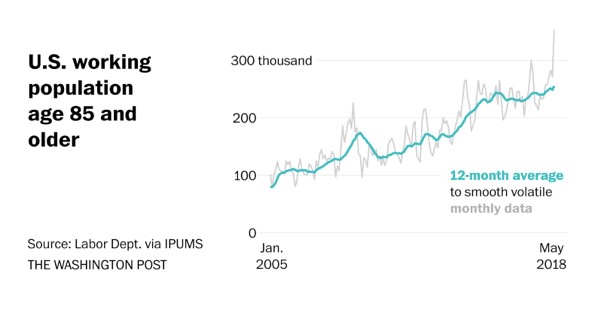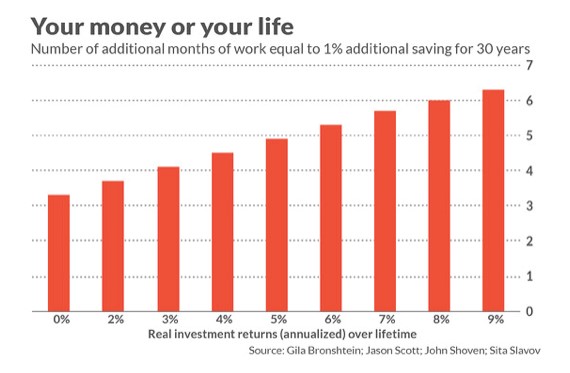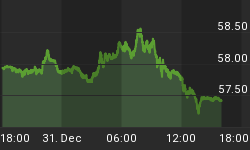American life expectancies are growing, retirement plans are dwindling and work is becoming less physical and more automated. It all adds up to this: American’s aren’t giving up the ghost; nor are they giving up work—even if their 85.
It not sound like the dreamiest way to enjoy your ‘golden’ years, but America’s work force is getting older, and increasingly those who thought of sunning themselves in Florida with zero obligations are finding that they still need a paycheck, or simply don’t feel like exiting the labor pool because it’s boring.
A total of 225,000 Americans aged 85 or even older have been working over the past year. In other figures, that means that 4.4 percent of the 85-or-older population is working. It’s nearly double the number of workers in that age group from 2006, right before the recession.
It’s a new record, and possibly a new trend, based on numbers the Washington Post crunched using U.S. census data from 2001 through 2016.
It’s even more poignant when you consider that, according to WP, as many as 3,000 85+-year-olds may be truck drivers. Others continue to do hard physical labor as farmers, while some opt for something easier, like crossing guard or Sam’s Club greeter.

(Click to enlarge)
While expanded life expectancies and the desire to keep working to have something certainly play a role in this demographic labor force change, much of it is out of financial necessity.
The future of social security isn’t looking too bright. Related: This Tiny Island Is The First Blockchain Nation
As Safehaven noted in early June, for the first time in more than three decades, Social Security costs will outstrip income and force the government to dip it’s fingers into the $3-trillion trust fund in order to pay pensions. That hasn’t happened since 1982. Eventually, it could dry up.
U.S. state pension funds need at least $4 trillion to pay benefits they promised government workers and they only have $2.6 trillion, so filling in the massive and growing funding gap might mean getting a lot riskier with investments.
According to the Census Bureau, by 2060, the U.S. population will top 400 million, and while all age groups will see an increase, the group over 65 years of age will nearly double in size and account for more than half of the entire population expansion.
By that’s 2060. By 2040, the 65-and-olders will be more dominant than the 18-and-unders.
That’s far too many people not to stay in the labor force.
A recent study called “The Power of Working Longer” by Cornerstone Research’s Gila Brohnstein, Financial Engine’s Jason Scott, Stanford University’s John Shoven and Mason University’s Sita Slavov suggests that working longer pays off enormously.
And the key is this graph:

(Click to enlarge)
And if America is ageing, Europe is even further along in years.
Related: Trade War Adds $20,000 To Tesla's New Cars
Europe already has the largest population of pensioners in the world, and it is still growing.
According to the EU data agency, 42 out of every 100 workers in Europe are aged 65 or older and not working. By 2060, this will increase to a whopping 65 per 100 people. By comparison, in the U.S. there 24 non-working people 65 or over per 100 workers, according to the WSJ, citing the Bureau of Labor Statistics.
The Western world may be getting too old to afford mass retirement and employers will have to respond by making the workplace fit for the senior influx.
By Fred Dunkley for Safehaven.com
More Top Reads From Safehaven.com:

















